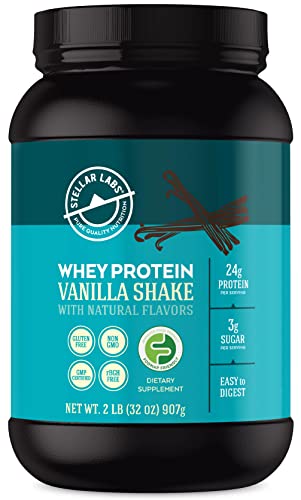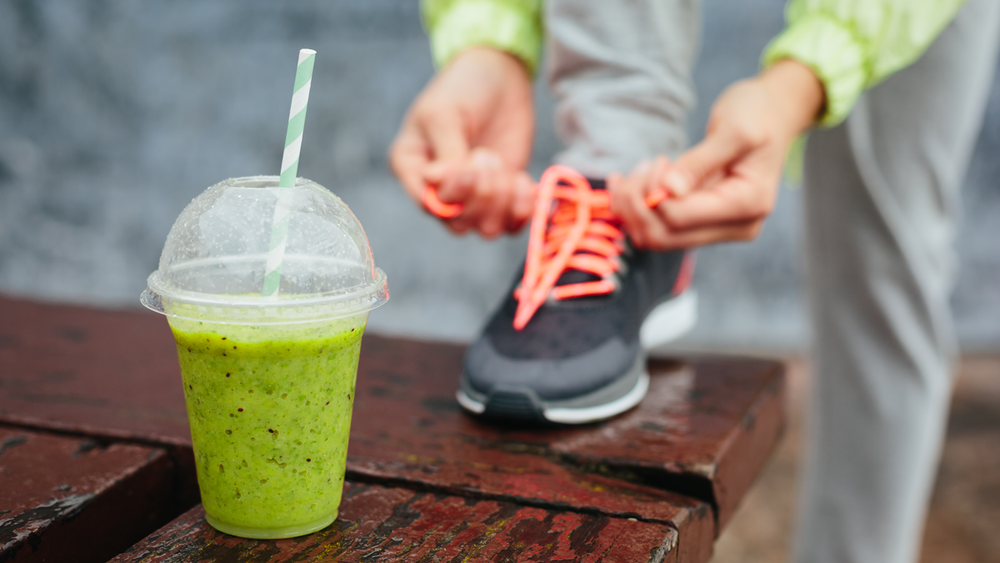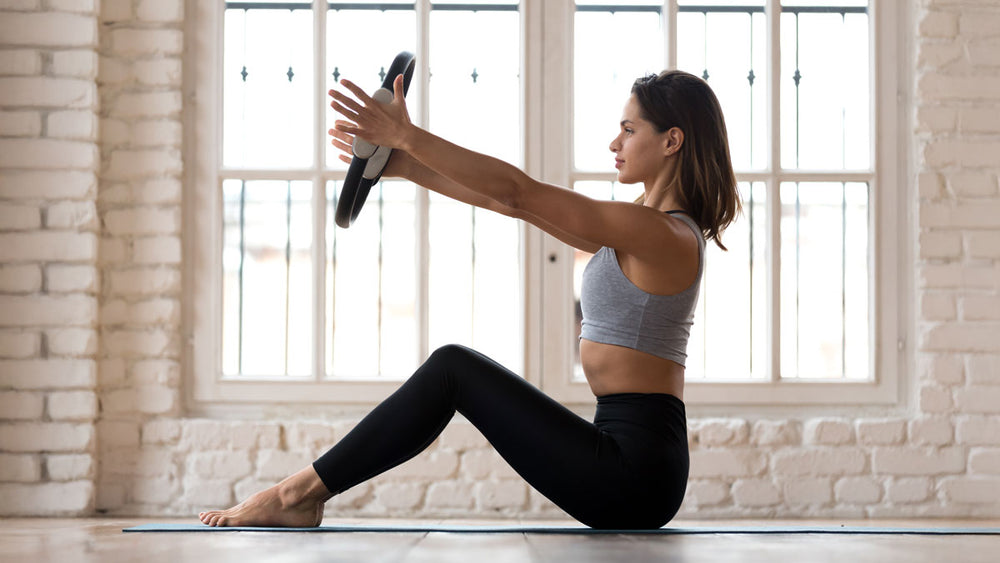Unlocking the Power of Core Training: Beyond Six-Pack Abs
The “core” refers to the muscles surrounding your trunk and hips. Visible abdominal musculature is often perceived as a sign of overall fitness and a marker of beauty. The strength and health of the core muscles are vitally important for many health functions, including maintaining posture and preventing lower back pain. Improved digestion is a further possible benefit of strengthening the core muscles.
Evidence: Core Strength and Digestive Health
Unfortunately, only one good clinical trial demonstrates the potential of core strengthening to improve digestion. In a 2021 study, 12 weeks of core strengthening exercises improved colon transit time in young (average age = 23y) women. Specifically, the training program used in this study was bodyweight-centered exercises, such as crunches and planks, performed two days per week for a volume of 3 sets of 15-40 repetitions per exercise.
As I have written about previously, exercise and physical activity can improve gastric motility through their action on the autonomic nervous system.
The Song et al. study likely indicates a direct benefit of strengthening the core muscles on digestion, as the subjects in their study did not see a change in resting heart rate during the 12 weeks of the experiment. This indicates the abdominal-only training they engaged in had a minimal impact on their autonomic nervous system.
Effective Core Workouts for Everyone
There are many good ways to train the core muscles, but I will share my personal favorites with you.
Bodyweight Exercises for Core Strength – you don’t need equipment to train your core! Here are some excellent exercises that require no equipment at all.
- Bird Dog- Perform this exercise from an all-fours position on the floor. Raise your left arm out in front of your torso and your right leg behind you so your raised arm, leg, and torso are all in one plane. Hold this pose for a 10s+ count, then return your limbs to the ground. Switch limbs and repeat.
- Side Planks- Perform this exercise lying on your side. Plant one elbow and then raise your hips and torso so that they are in a straight line. Hold for 10+s, then switch sides.
- Crunches- Perform this exercise from a supine position (lying on your back) with the knees flexed to approximately 90 degrees and the feet planted. Place your hands on your thighs and curl your torso up, sliding your hands to the tops of your kneecaps. Then, lower your torso back down so your head and shoulders are completely grounded. Repeat.
Exercises with Weights: Adding a Challenge – these exercises can be done with a dumbbell or kettlebell. Kettlebells are trendier and a little more comfortable to hold, but a regular dumbbell works just as well.
- Windmills- from a standing position, hold the weight overhead with one hand. Make sure your toes are pointed in the opposite direction of the raised hand. Lower your trunk away from the raised hand so that you can touch the floor with your free hand. Return to an upright position under control.
- Turkish Get-Ups- my favorite. To perform this exercise, hold a weight in one hand above your chest while lying supine. Move from a supine position to a standing position by bending your knees, using your free hand, and transitioning to a kneeling position before you stand. Lower yourself back to a supine position.

Optimal Core Training Routine
I recommend training abdominals twice weekly for two sets of 15-20 repetitions (or 10-60s holds for the planks and bird dogs) of each exercise. Incorporate abdominal training into an overall exercise routine to reap the benefits of improved core strength and increased activation of your autonomic nervous system to achieve overall health.
- Akuthota, V., Ferreiro, A., Moore, T., & Fredericson, M. (2008). Core stability exercise principles. Current sports medicine reports, 7(1), 39–44.
- Goldsmith, R. L., Bloomfield, D. M., & Rosenwinkel, E. T. (2000). Exercise and autonomic function. Coronary artery disease, 11(2), 129–135.
- Song, B. K., Han, D., Brellenthin, A. G., & Kim, Y. S. (2021). Effects of core strengthening exercise on colon transit time in young adult women. Journal of exercise science and fitness, 19(3), 158–165.



















Comments
Join The Conversation...